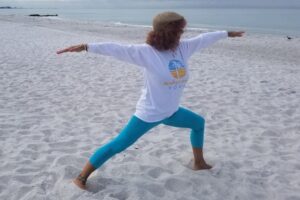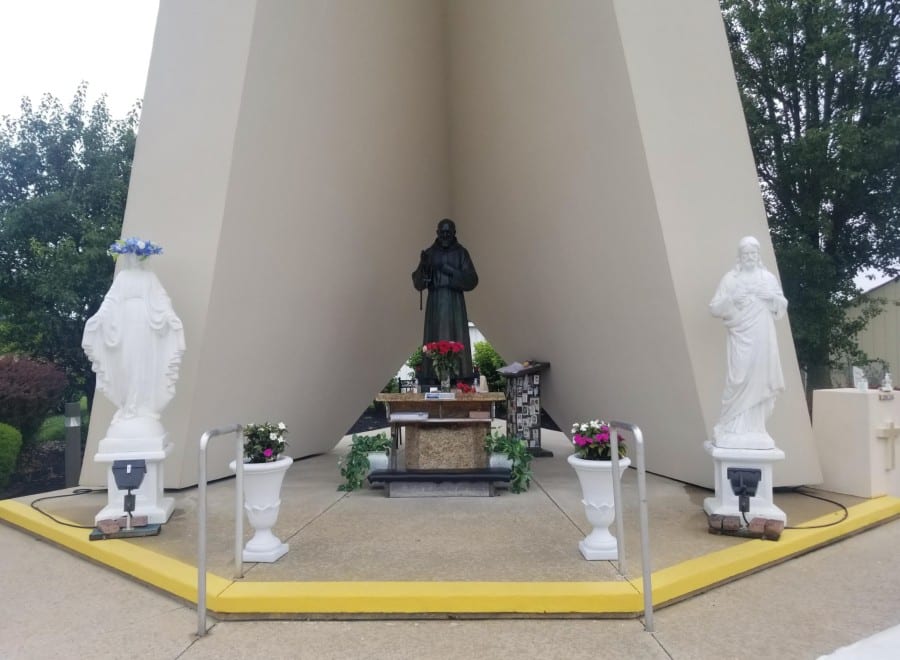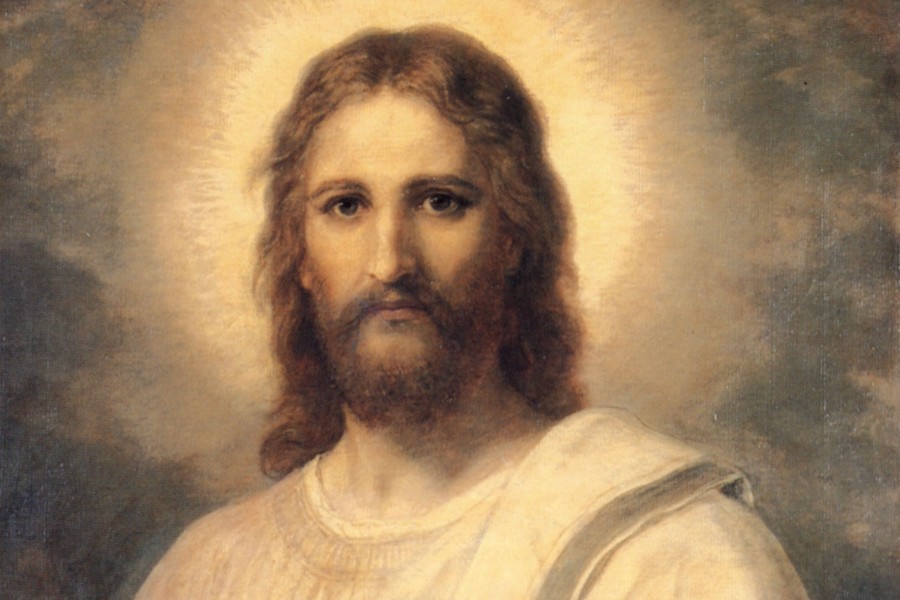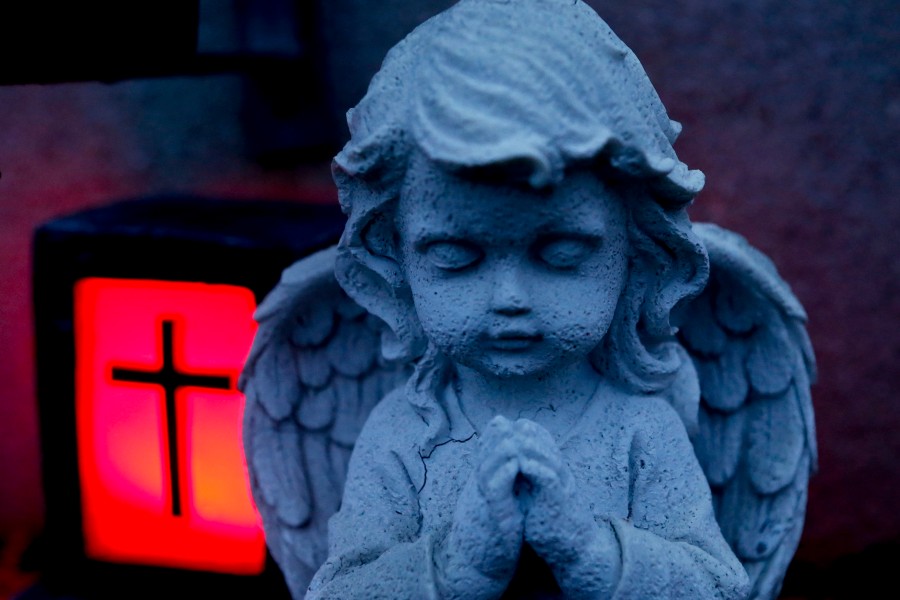As I age, I have adopted quieter ways to exercise than the “noisier” high-energy aerobic classes, such as step, body pump and body combat, where the music is too loud and raucous, and the jumping gets a little crazy. (I do still take Zumba for its festive Latino music and dance steps.)
So, when I discovered yoga years back, it afforded me a calmer, quieter way of exercising, plus a good method of strength training without lifting weights (which I do not enjoy).
Yoga classes are very diversified, depending on the type of class and the instructor’s style. Some are very slow, languid and stretchy. Others are faster-paced and more challenging as we hold poses, using our core, legs and arms.

In my days as a Catholic Review staff writer, I remember wanting to write a piece on yoga for a health supplement. An editor poo-pooed the idea, noting that yoga has its origins in the search for enlightenment in Hinduism, which is not necessarily compatible with Catholic Christianity.
But that is not how I practice yoga.
Cultish or pagan is far, far from the truth of what yoga is. I use it as a lovely, soft and peaceful exercise involving mind, body and soul – and, for me, spirituality. I have practiced yoga now for years and cannot get enough of its loveliness and relaxation on my senses.
“Some might claim that yoga is a pagan practice,” said Pallottine Father Bernie Carman, pastor of St. Leo in Little Italy, my home parish. “I think that’s extreme. Many of the saints recommended that a person find a way to be quiet and centered during prayer.”
In yoga, we often fold our hands “in heart center,” which I equate to folding my hands in worship to God. Often, I will say a brief prayer while in that pose.
In yoga, we often raise our arms and look to the sky in various poses (easier to do during beach yoga here in Florida), which I equate to looking up to God and his magnificence, staring at his vast blue space with stark white clouds and brilliant light of the sun. Our faith is all about light: the light of the Holy Spirit, the lighting of candles in church, and the Bible referring to symbols of light: holiness, godliness, goodness, wisdom and grace.
In yoga, sometimes an instructor will use a ringing bowl, a chime, or a bell to help us into a deeper state of awareness. The act reminds me of the bells rung during some Masses, both in the belfry and during consecration of the host. Although not every church uses that tradition, my parish does – the ringing of the small bells is my favorite part of Mass. Our church bell also sounds on the hour and plays a tune. It is quite beautiful and adds such depth to our worship.
Bells have been rung in church and from bell towers since the year 400, says Father Carman. On the altar, they are rung during the epiclesis, as the Spirit is called down with the priest’s hand extended over the gifts, and again at the elevation of the host and chalice after each is consecrated. Bells call attention to special moments of the Mass.
Many yoga poses are named after animals and nature – and who created all of those? Yes, God. There is the crow, butterfly, puppy, cobra, dolphin, frog, camel, downward dog, eagle, fish, firefly, scorpion, pigeon, lion, crocodile, lizard, mountain, half-moon, tree, lotus and a series of movements with our spines called cat/cow. There are dozens more, some common and basic; and some introduced infrequently because they are very tough to form and hold.
At the beginning of class, yogi (who are health and wellness professionals) often ask their students to “let go” of whatever troubles, work, things to do or nagging thoughts we’re holding onto – at least for that hour. I choose to “give it up” to God whatever may be invading my head or troubling my heart.

In class, we are often asked to “choose” how we want to feel or be for the day. We select a word or phrase – an “intention” – and focus on it during class. At the finale, the instructor may ask us once more to recall that intention and invite us to carry it forward peacefully. In Mass, we say prayer intentions. We ask for God’s mercy on our beings, we ask for him to instill peace in us, we pray for others in need.
Some of us in yoga might “choose happy” or “I am peace.” I know God would be pleased with these choices of disposition. He can then watch us act in kindness and love. (How otherwise would we possibly proceed after choosing joy?)
A yoga class ends with the instructor using the Sanskrit greeting word, namaste. We return the phrase, which can mean: the light in me sees the light in you … or I bow before you (respecting each other in the unity of the class). It is a pleasant, peaceful message. We often feel “full” after yoga: of love, gratitude, kindness and respect – toward ourselves and others in the group.
In yoga at the culmination of class, the instructor leads us with folded hands as s/he says something like, “May you always be wise (hands to our foreheads); may you always speak the truth (hands to our lips); may you always have compassion (hands to our hearts).” It is a good reminder for us to practice positive and kind thinking, words and actions as we exit class.
In my yoga practice, I equate this to the Catholic gesture of touching forehead, lips and heart during the Gospel with a sign of the cross on each. We murmur quietly or internally, “Jesus on my mind, on my lips, in my heart” as a way of asking God to infiltrate our whole being.
Is yoga Catholic? No. Is it a religious practice? Not in the way many use it today. Pagan? No. (Certainly it is not a cult!) The only requirement is to uphold an inner peacefulness. We practice yoga how it suits us best. For me, this form of exercise is quite spiritual and connects me deeper to my faith. Perhaps it is that way – or can be – for you.
Namaste.
Also see
Copyright © 2021 Catholic Review Media







